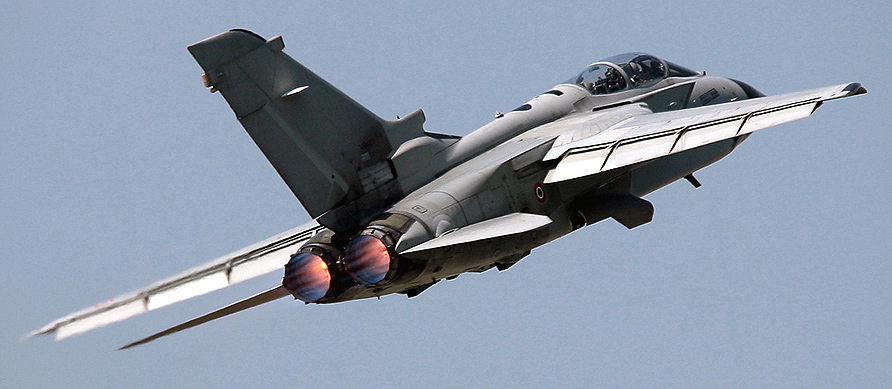(Editor’s Note: Aeritalia assembled two Tornado prototypes. The first one (P.05 or P05), serial X-586 (later MM586), flew for the first time on December 5, 1975, at Turin/Caselle airport, in the hands of Cdr. Pietro Paolo Trevisan, then company’s Chief Test Pilot. On January 23, 1976, at the end of a test flight, the aircraft landed without landing gear due to a technical failure. Trevisan was unhurted but the Tornado underwent a long rebuilding activity before to fly again. Second prototype (P.09 o P09), serial X-587 (later MM587), made its maiden flight on February 5, 1977, piloted by Trevisan and Manlio Quarantelli. Today it is preserved at Cameri Air Base, for static display duties. On March 26, 1979, the only Italian pre-series Tornado (PS14) took the air for the first time, with Quarantelli and Egidio Nappi at the controls. This aircraft, which later received “series” serial MM7001 and code RS-01, was used by the IAF’s Flight Test Unit. From 2004, the aircraft is hosted by the Italian Air Force Museum in Vigna di Valle.)
In the picture: Panavia Tornado IDS "IS086" MM7087, first IAF’s “Basic IT Full MLU” aircraft, takes off from Turin/Caselle airport. (Aeromedia/M. Nerino)
(Aeromedia, July 2010)
